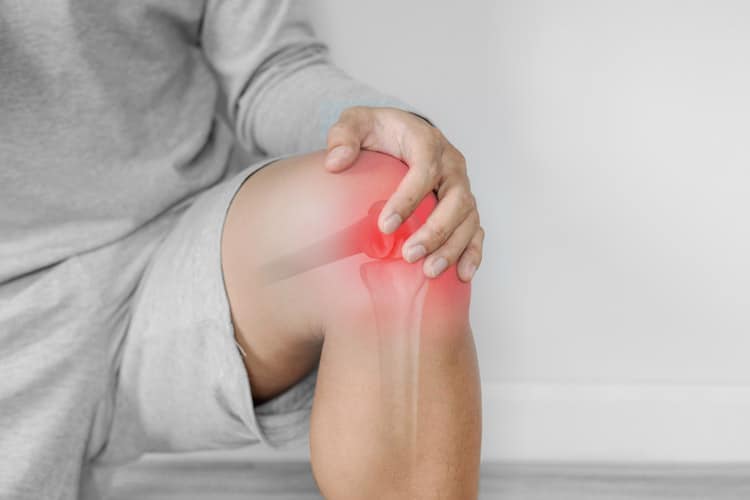
Marijuana may undo chronic changes in joints

Good news for 54 million people suffering from arthritis: The Arthritis Society has commissioned research examining the possibility of developing groundbreaking therapies using medical marijuana.
Canadian researcher Dr Jason McDougall has received a strategic grant from the organisation to complete three years of research into the effectiveness of cannabis in the treatment of chronic joint diseases. McDougall is professor of pharmacology and anesthesiology at Dalhousie University in Halifax, Nova Scotia and one of the world’s leading pain researchers.
The study aims to determine whether cannabis-based drugs cause more than just blunting arthritis pain, or whether they can actually undo the disease. Jest is the first study funded by the organization, directly concerning medical marijuana-based therapies.
“People living with joint pain are looking for alternatives to improve their quality of life,” said Janet Yale, President and CEO of The Arthritis Society. “We need research to help answer a lot of important questions about medical marijuana and its use. Our goal is to provide Canadians with the ability to make informed choices about treatment options and to provide evidence-based guidance to physicians so they can recommend treatment to their patients. This project is an important step towards achieving these objectives. “
The research builds on previous work by Chinese scientists who have found that arthritis-affected joints not only contain extremely high concentrations of CB2 receptors, but that these sites also suggest a path of treatment.
What is a CB2 receptor? In a big way, CB2 is a molecule in the cell wall, which is sort of a transition for cannabinoids to the inside of a cell. This is the way in which cells mean helpful molecules circulating next to each other during the daily functioning of the body.

While the body produces its own endocannabinoids that can attach and work on the cell via CB2 receptors, cannabis-based drugs also have the ability to pass through the same door. Researchers believe this may be the reason cannabis is effective in treating disorders such as rheumatoid arthritis.
The thinking is this: if a marijuana-based drug can use CB2 receptors to move inside cells and directly affect pain signals in the joints, can it also repair joint damage?
There are many reasons to believe this.
A study published in the journal Philosophical Transactions in the Royal Society B showed that the body’s endocannabinoid system, using externally administered cannabinoids, releases antioxidants that help repair damaged cells.
Anecdotal evidence, such as the story of a Maine woman who, by drinking marijuana cocktails, has led to the remission of rheumatoid arthritis symptoms, provides further thought-provoking justifications to explore cannabis treatment options.
What’s more, companies follow fashion. Canadian Medical Marijuana Companies – Aphria, Inc. and the Peace Naturals project – committed to donate $100,000 to the Arthritis Company to help cover Dr. McDougall’s research costs. When the market pushes for new research, it’s a good sign for sufferers.
In fact, cannabinoid receptors play a key role in regulating the body’s immune system. It is not clear how they work. From a strictly biological point of view, autoimmune disorders such as rheumatoid arthritis and chronic diseases like osteoarthritis do not make much sense. Why should the body attack itself or not be able to repair such important functions as joint mobility? The discovery of cannabinoid receptors in inflammatory sites can provide answers.
Thanks to a long list of previous work in the field, McDougall’s team already knows that cannabis-based drugs act directly on CB2 sites and suppress inflammation and pain by mediated immune responses at sites of inflammation. This suggests that the body reaches out to the molecules to help reconstruct its essential elements.

The next step will be to check whether changes in drugs provoke different reactions in the body. If scientists discover further ways for cannabinoid receptors to take or use drugs, this could create new treatments. Much of the knowledge we currently have is theoretical, and most doctors and patients are simply grateful for the effective treatment of pain – whether it is understood or not.
However, as we develop our knowledge of the body’s endocannabinoid system and further explore ways in which cannabis-based drugs reduce inflammation and affect the nervous system, we will probably discover new treatments and options to reverse long-term joint damage.
McDougall’s research is not yet finished, but results are expected soon.
Source: fibrowomen.com
Tłumaczenie: Kasia Kurzawa




